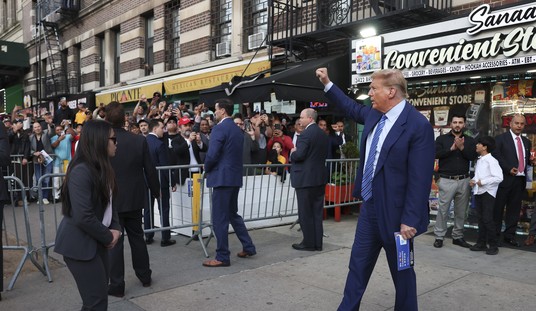If you’ve got a film buff or a friend with an interest in graphic design on your Christmas list, Saul Bass: A Life in Film & Design, is a giant, heavily illustrated 428-page coffee table book with an enormous “wow” factor – and not coincidentally, a fair amount of heft at seven pounds, with dimensions of 11.7 x 10.6 x 1.7 inches. It was designed by Saul Bass’s daughter Jennifer, and written by design historian Pat Kirkham, who knew Bass personally, with an introduction from longtime Bass admirer Martin Scorsese. It’s published by Laurence King Publishers.
Saul Bass (1920 to 1996) began his career designing the film poster for 1954’s Carmen Jones, and the title sequence the following year for The Man with the Golden Arm, both produced by Otto Preminger. He would go on to design groundbreaking title sequences for Hitchcock’s Vertigo, North By Northwest and Psycho, Stanley Kubrick’s Spartacus, John Frankheimer’s Seconds and Grand Prix. Along with all of his film work, Bass eventually became a respected corporate graphic designer for such businesses as AT&T, The Bell System, United Airlines, Dixie Cups, Minolta, Lawry’s Foods, Warner Brothers, and Quaker Oats. For many years, his film career and corporate design work overlapped, until his career as a title designer appeared to slow in pace in the 1980s, only to see it revive with such high profile Martin Scorsese films as Goodfellas (which marked the beginning of a career resurgence for Scorsese as well), Cape Fear, The Age of Innocence, and the last title sequence designed by Bass, Casino.
The Title Design of Saul Bass from Ian Albinson on Vimeo.
 There are two audiences for this book (with plenty of overlap of course). The first are film lovers and film historians who have thoroughly enjoyed Bass’s title sequences and his contributions to films such as Psycho, including storyboarding shot for shot its legendary shower sequence, which this new book discusses at length. The second are students of graphic design. Much of the work that Bass created would be rendered infinitely with today’s technology such as Adobe Photoshop, Illustrator, and Adobe After Effects. And yet, Bass created his iconic still images and what we now refer to as “motion graphics” decades before such computer technology existed. As with the soundscapes that George Martin created for the Beatles 20 years before digital synthesizers and samplers, these pioneering analog efforts led the way and helped to shape the digital technology we enjoy today.
There are two audiences for this book (with plenty of overlap of course). The first are film lovers and film historians who have thoroughly enjoyed Bass’s title sequences and his contributions to films such as Psycho, including storyboarding shot for shot its legendary shower sequence, which this new book discusses at length. The second are students of graphic design. Much of the work that Bass created would be rendered infinitely with today’s technology such as Adobe Photoshop, Illustrator, and Adobe After Effects. And yet, Bass created his iconic still images and what we now refer to as “motion graphics” decades before such computer technology existed. As with the soundscapes that George Martin created for the Beatles 20 years before digital synthesizers and samplers, these pioneering analog efforts led the way and helped to shape the digital technology we enjoy today.
Bass is perhaps best remembered for elevating the movie title sequence into art, but fortunately, Saul Bass: A Life in Film & Design doesn’t overlook his work as a corporate designer. While Bass was an extremely talented and endlessly creative corporate designer, because of the simple modernist elements he typically worked with, what began as art with Bass was quickly boiled down into formula by other, lesser designers. The result was a corporate sameness by the early 1970s, which was brilliantly – if entirely unintentionally – summed up in the best-known moment of the design and typography-related documentary, Helvetica:
In that sense, as a corporate designer, Bass’s influence was similar to that of Mies van der Rohe. While Mies an extremely talented and inventive architect, too many lesser architects (cough — Philip Johnson — cough — Gordon Bunshaft) who following his lead saw only the plate glass and black I-beams and could never imitate Mies’ sense of proportion and willingness not to be bound to the rules of Miesianism.
Which is a useful lesson for anyone considering a similar career in corporate design work. But then, despite going off to the great artists’ garret in the sky 15 years ago, there are all sorts of lessons still to be learned from Saul Bass.









Join the conversation as a VIP Member